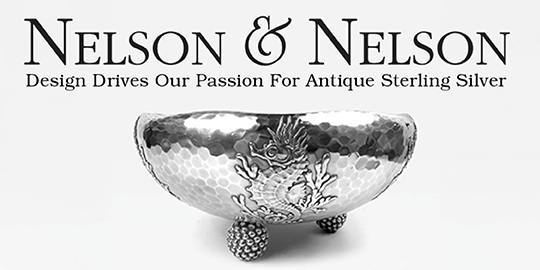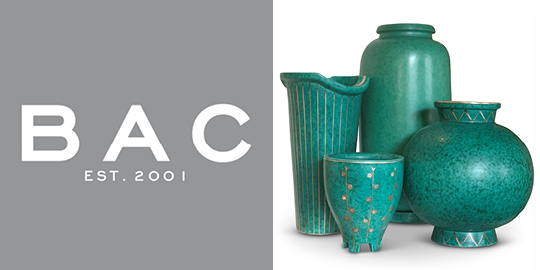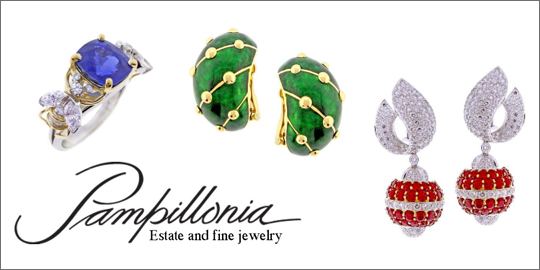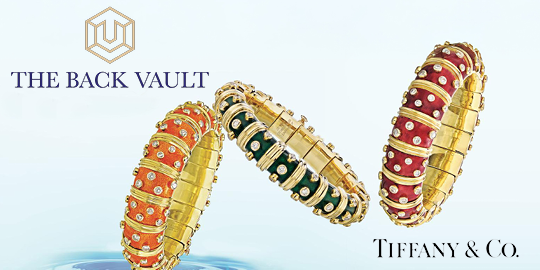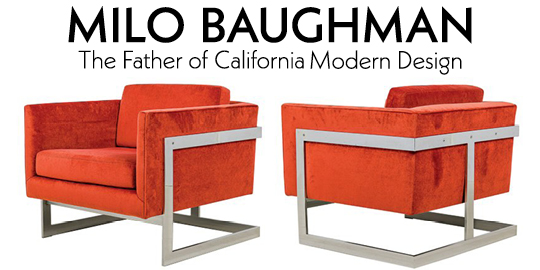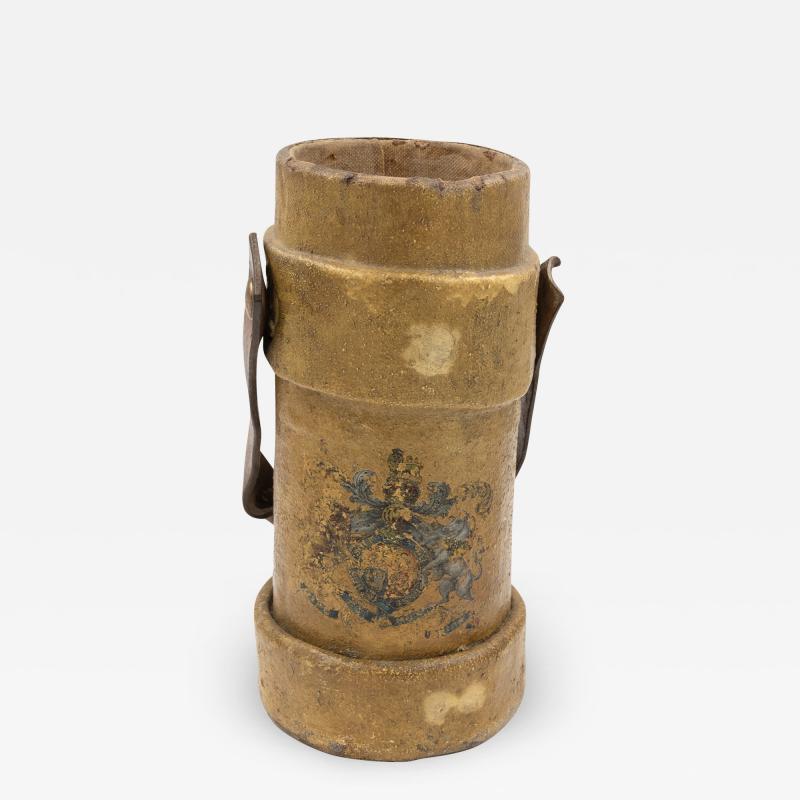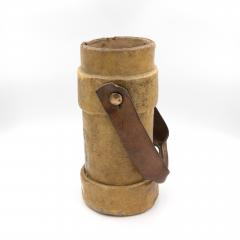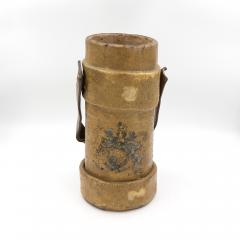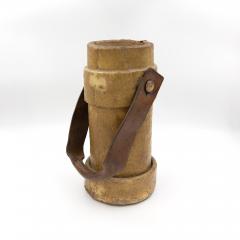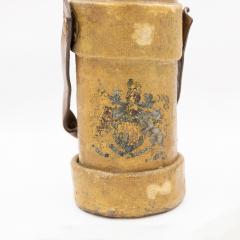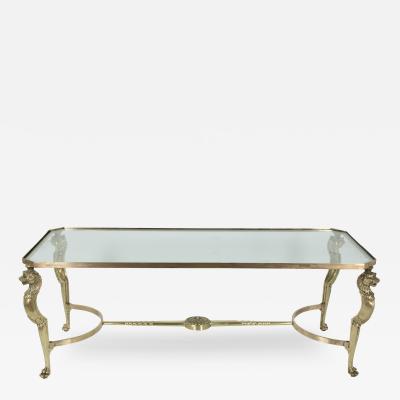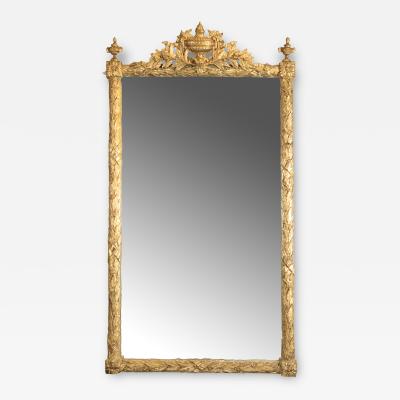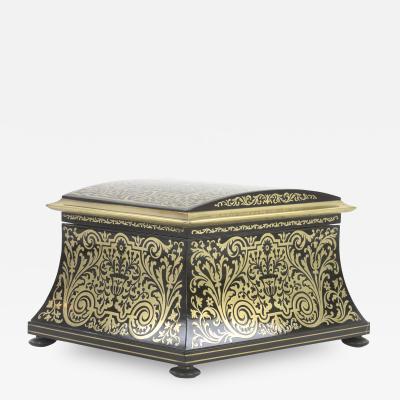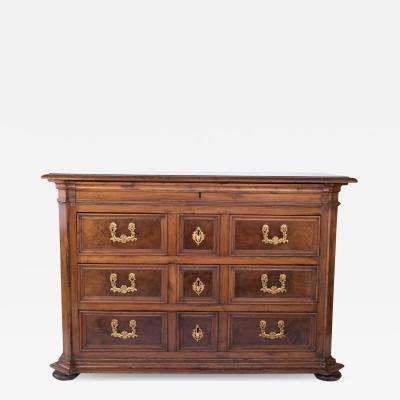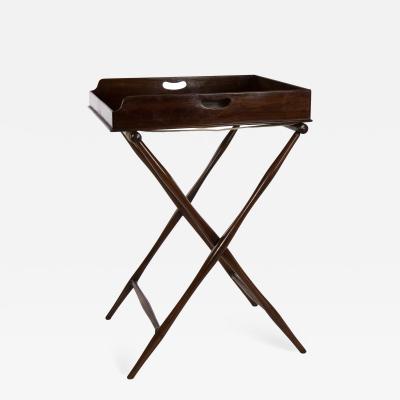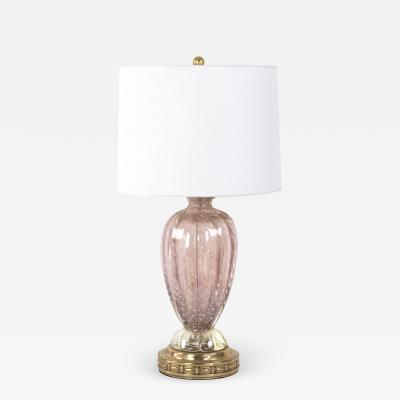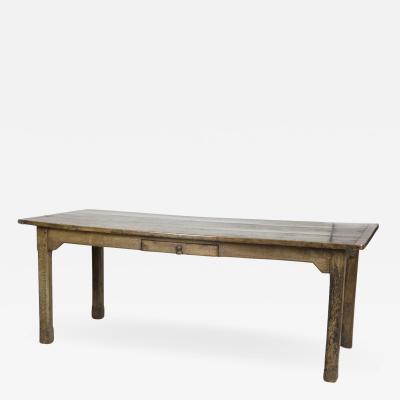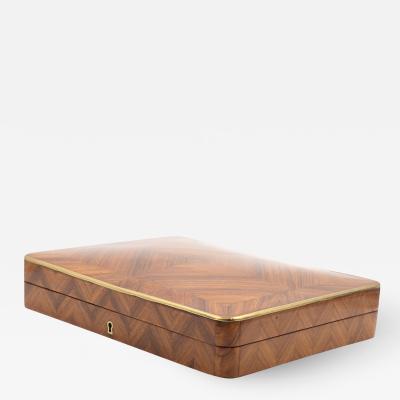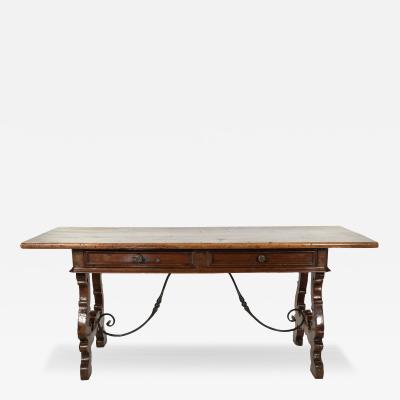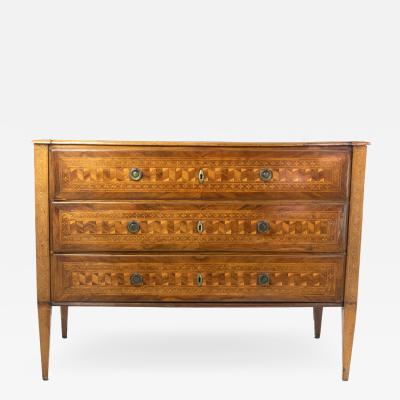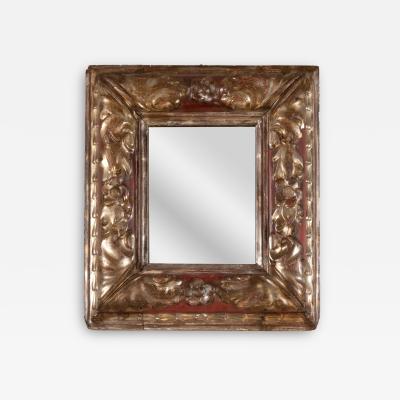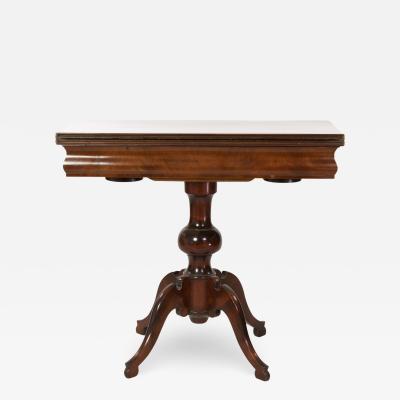Listings / Decorative Arts / Objects / Other
Ochre Painted Linen and Cork British Naval Cordite Bucket, English circa 1880
-
Description
Ochre Painted Linen and Cork British Naval Cordite Bucket With Painted Crest and Leather Strap, English circa 1880 Ochre Painted linen and cork British naval artillery bucket with worn painted crest and a leather strap, English circa 1880; also called a cordite bucket or a Clarkson’s Case. The body is made out of cork covered with a canvas or linen. Cork is lightweight and naturally fire resistant, well-suited for safely storing combustible charges. Painted linen is used to cover & finish the cork. and a weathered stenciled amorial crest. Decorative amorial crests were most likely added later after these buckets were decommissioned and sold as umbrella stands or waste baskets. The sewn handles and straps are fixed to the body with copper rivets.
height: 12 in. 30.5 cm.,
diameter: 6 in. 15 cm.
Clarkson’s Case – British propellant charge container. These were flashproof containers for bag charges (cartridges). Charges were placed into these containers before they left the magazines. The Clarkson’s Cases then rode up the hoists to the guns where the charges were removed only when it was time to load them into the breech. The Clarkson’s Cases were reusable and were returned to the magazines for reloading.
http://www.navweaps.com/Weapons/Gun_Data_p2.php
Cordite is a family of smokeless propellants developed and produced in the United Kingdom since 1889 to replace gunpowder as a military propellant. Like gunpowder, cordite is classified as a low explosive because of its slow burning rates and consequently low brisance
Brisance is the shattering capability of a high explosive, determined mainly by its detonation pressure. The term can be traced from the French verb “briser” (to break or shatter) ultimately derived from the Celtic word “brissim” (to break). Brisance is of practical importance for determining the effectiveness of an explosion in fragmenting shells, bomb casings, grenades, structures, and the like.
The term “cordite” generally disappeared from official publications between the wars.
Prior to World War I, most of the cordite used by the British Government was produced in its own factories. Immediately prior to World War I, between 6,000 and 8,000 tons per year of cordite were produced in the United Kingdom by private manufacturers; between 1,000 and 1,500 tons per year were made by Nobel’s Explosives, at Ardeer.
At the start of World War I, private industry in the UK was asked to produce 16,000 tons of cordite, and all the companies started to expand. HM Factory, Gretna, the largest propellant factory in the United Kingdom, which opened in 1916, was by 1917 producing 800 tons (812 tonne) of Cordite RDB per week (approximately 41,600 tons per year). The Royal Navy had its own factory at Holton Heath.
HM Factory, Gretna and the Royal Navy Cordite Factory, Holton Heath both closed after the end of the war and the Gretna factory was dismantled.
https://en.wikipedia.org/wiki/Cordite
BR932, Handbook on Ammunition – UK – 1945 pdf http://www.hnsa.org/wp-content/uploads/2014/08/br932.pdf ? -
More Information
Documentation: Signed Origin: England Period: 19th Century Materials: Cork, Leather, Linen Condition: Fair. Wear consistent with age and use Creation Date: Circa 1880 Styles / Movements: Traditional, Victorian Patterns: Textured, Traditional Dealer Reference #: 18027190 Incollect Reference #: 493064 -
Dimensions
H. 12 in; Diam. 6 in; H. 30.48 cm; Diam. 15.24 cm;
Sold







